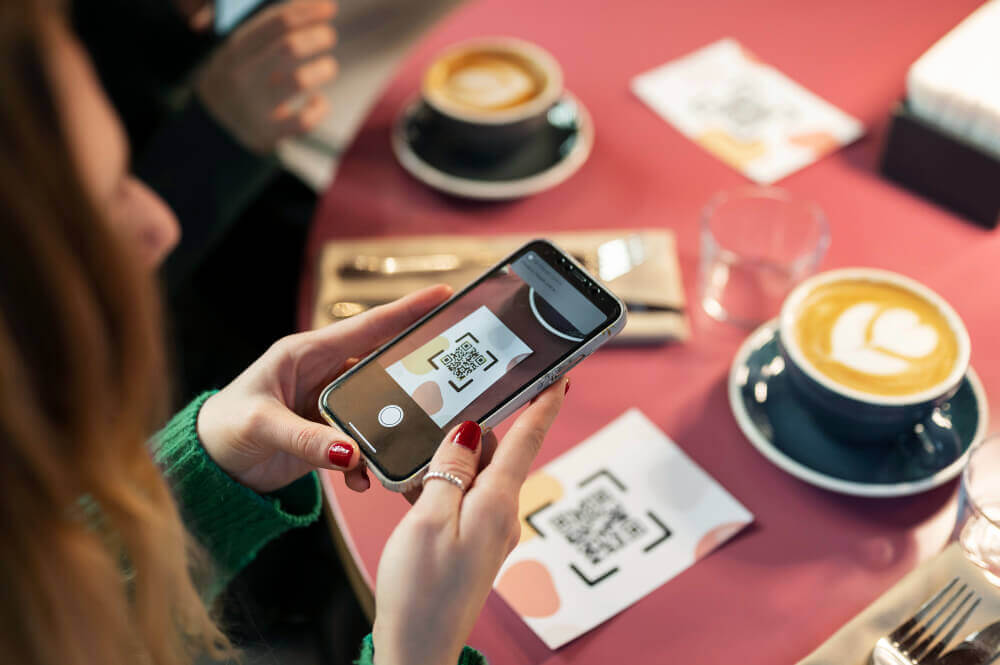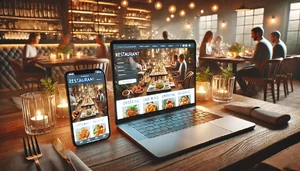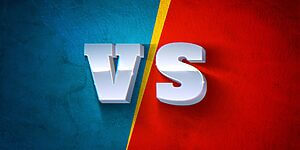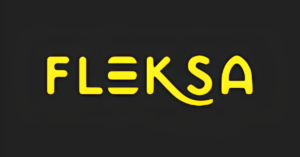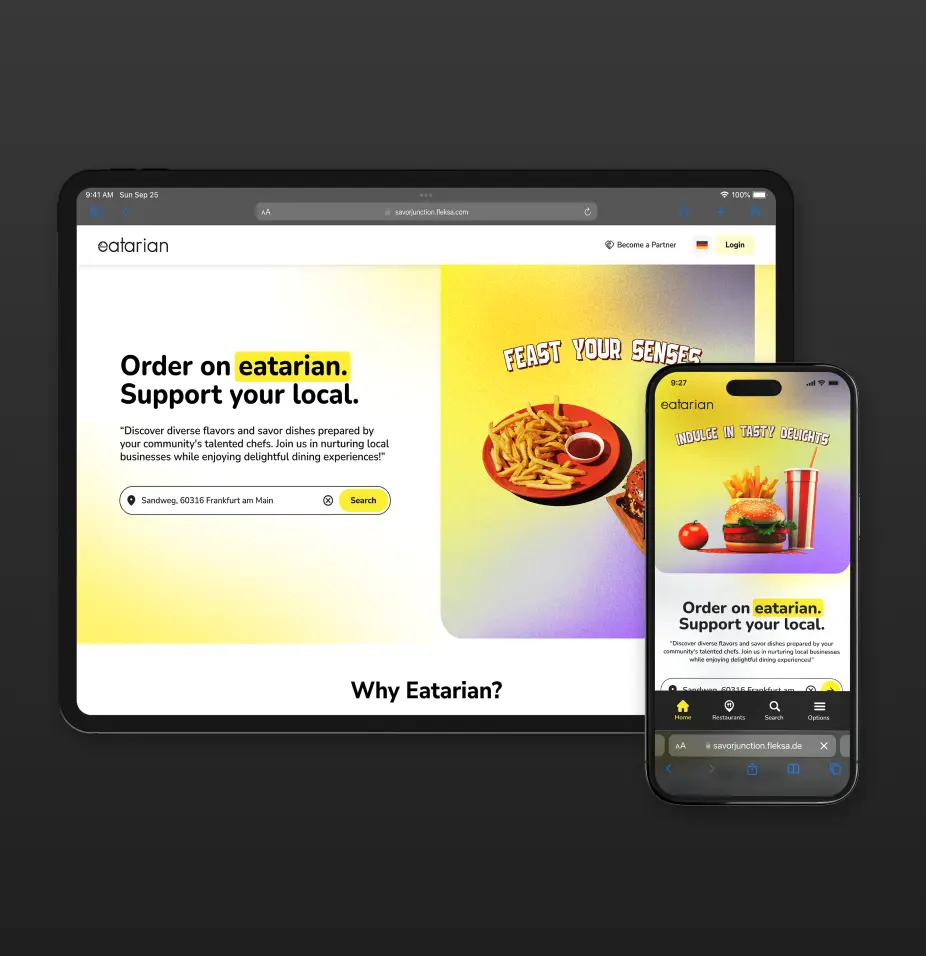Fine dining restaurants in the USA have experienced a significant transformation with the introduction of QR codes. The traditional dining experience has evolved, and QR codes are playing a pivotal role in reshaping how customers interact with restaurants. This technology has brought efficiency, convenience, and safety to the table. In this blog, we’ll explore how QR codes are revolutionizing the fine dining experience in the USA.
Introduction of QR Codes in the Restaurant Industry
QR codes, or Quick Response codes, are two-dimensional barcodes that can be scanned using a smartphone camera. They are capable of storing various types of information such as website links, menus, payment gateways, and more. In the restaurant industry, QR codes have gained popularity due to their versatility and ease of use. Fine dining establishments have quickly embraced this technology to enhance customer experience.
The Tech Revolution in Fine Dining Restaurants
The adoption of QR codes in fine dining restaurants represents a significant shift in how these establishments operate. From ordering to payment, QR codes streamline multiple processes, resulting in a seamless dining experience. Diners can now use their smartphones to access digital menus, place orders, and pay their bills without the need for paper menus or credit card transactions.
Tableside Ordering & Payment
One of the most notable changes brought by QR codes is the ability to place orders and make payments directly from the table. Customers can scan a QR code placed on the table, which leads them to a digital menu. They can then browse the menu, make their selections, and place their orders. When they’re ready to leave, they can pay their bill through the same QR code, simplifying the entire dining process.
Top 5 Benefits of QR Codes Ordering & Payment in Fine Dining Restaurants
Efficiency and Speed
QR codes offer a high level of efficiency and speed for customers dining out. By simply scanning a QR code with their smartphones, diners can immediately access digital menus, browse through options, and place orders without waiting for a waiter to take their order. This streamlined process minimizes the time customers spend waiting, leading to a quicker dining experience overall. Additionally, QR codes can be linked directly to payment options, allowing customers to pay their bills quickly and conveniently using their phones. This seamless transition from browsing to ordering to paying reduces frustration and enhances the overall dining experience for customers.
Cost-Effective Solution
For restaurants, incorporating QR codes into their operations can lead to significant cost savings. Traditional printed menus and paper bills incur ongoing expenses for paper, ink, and replacements when they become outdated or damaged. By using QR codes, restaurants can digitize their menus and bills, eliminating these printing costs. Moreover, QR codes enable customers to handle more aspects of their dining experience themselves, such as ordering and paying, which can reduce the demand for waitstaff. This allows restaurants to better allocate their human resources, focusing on other aspects of service and operations for improved overall efficiency.
Contactless Dining
The emphasis on safety and hygiene in recent times has made contactless dining options more important than ever. QR codes offer a touch-free way for customers to interact with restaurants. By scanning a code, customers can access digital menus, place orders, and pay their bills without needing to physically handle paper menus or cash. This reduces the risk of transmitting germs and illnesses, creating a safer environment for both customers and staff. Contactless dining also aligns with current health guidelines and customer expectations, making QR codes a valuable tool for restaurants looking to maintain safety and comply with regulations.
Enhanced Customer Experience
The use of QR codes contributes to an enhanced customer experience by offering convenience and flexibility. Diners can take their time perusing digital menus on their smartphones at their own pace, free from the pressure of a waiter hovering nearby. Once they’ve made their choices, they can easily place orders and pay using their phones, all without needing to flag down a waiter. This self-service aspect allows customers to feel more in control of their dining experience, making it more relaxed and enjoyable. Moreover, QR codes can provide additional information such as nutritional facts or ingredient details, further enriching the dining experience
QR Codes in Fine Dining
1. One-Click Ordering: QR codes revolutionize the fine dining experience by streamlining the ordering process. Patrons can peruse the menu and add their chosen items to the cart with just a few taps on their smartphones. This modern approach reduces the time spent waiting for a waiter and allows diners to effortlessly customize their meals, whether they are in the mood for an elaborate main course or a refreshing cocktail. By making ordering more efficient, QR codes enhance the overall dining experience and empower guests to fully enjoy their meal with unparalleled ease.
2. Smooth & Secure Payments: QR codes offer a convenient and secure way to settle bills in fine dining establishments. With a simple scan, diners can choose their preferred payment method and complete the transaction without handling cash or a card. This not only speeds up the payment process but also reduces the risk of errors or fraud. By eliminating the need for physical transactions, restaurants can enhance customer satisfaction and ensure a seamless dining experience from start to finish.
3. Waiter Calling: QR codes serve as a modern tool for diners to communicate with restaurant staff effortlessly. By scanning a code on the table, patrons can request refills, inquire about specials, or address any concerns they may have. This streamlined form of communication ensures that waitstaff can respond promptly to the needs of diners, fostering a more attentive and personalized dining experience. As a result, diners feel more valued and taken care of, which enhances their overall impression of the restaurant and encourages them to return for future meals.
4. Real-Time Menu Updates: QR codes empower restaurants to keep their menus up-to-date in real time. This is particularly beneficial for chefs and restaurateurs who want to feature daily specials or adjust offerings based on ingredient availability and seasonal changes. Diners appreciate having access to the freshest ingredients and the latest culinary creations. This adaptability also allows restaurants to be more responsive to customer feedback and preferences, ensuring that each dining experience remains exciting and innovative.
5. Customization and Personalization: QR codes offer diners the ability to tailor their meals according to their preferences, dietary restrictions, and allergy concerns. By providing easy access to a customizable menu, diners can adjust spice levels, swap out ingredients, or request specific preparations. This level of personalization enhances the dining experience by ensuring that each meal aligns with the individual’s tastes and needs. Restaurants benefit from offering this level of flexibility, as it helps them cater to a broader audience and fosters customer loyalty through exceptional service.
In conclusion, QR codes have emerged as a game-changer in the fine dining landscape, offering a myriad of benefits for both restaurants and patrons alike. From streamlining operations to enhancing customer satisfaction, this innovative technology has redefined the way we dine, paving the way for a more efficient, enjoyable, and memorable culinary journey. As we continue to embrace the digital age, QR codes are poised to play an increasingly integral role in shaping the future of fine dining in the USA and beyond.

